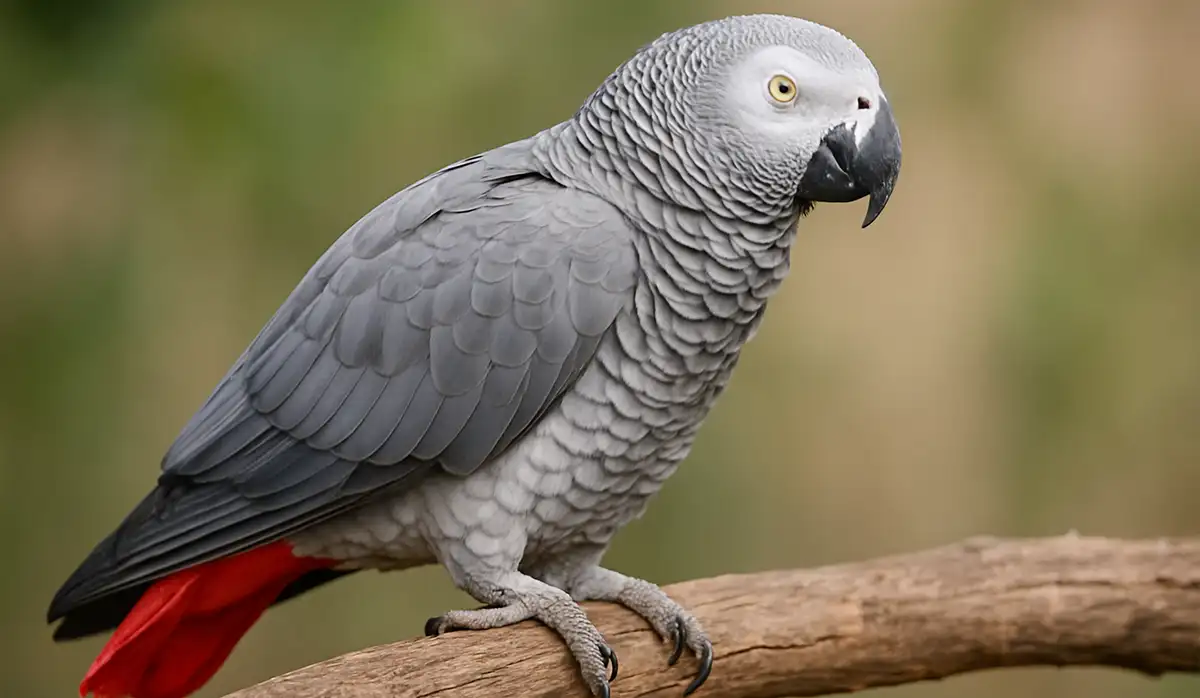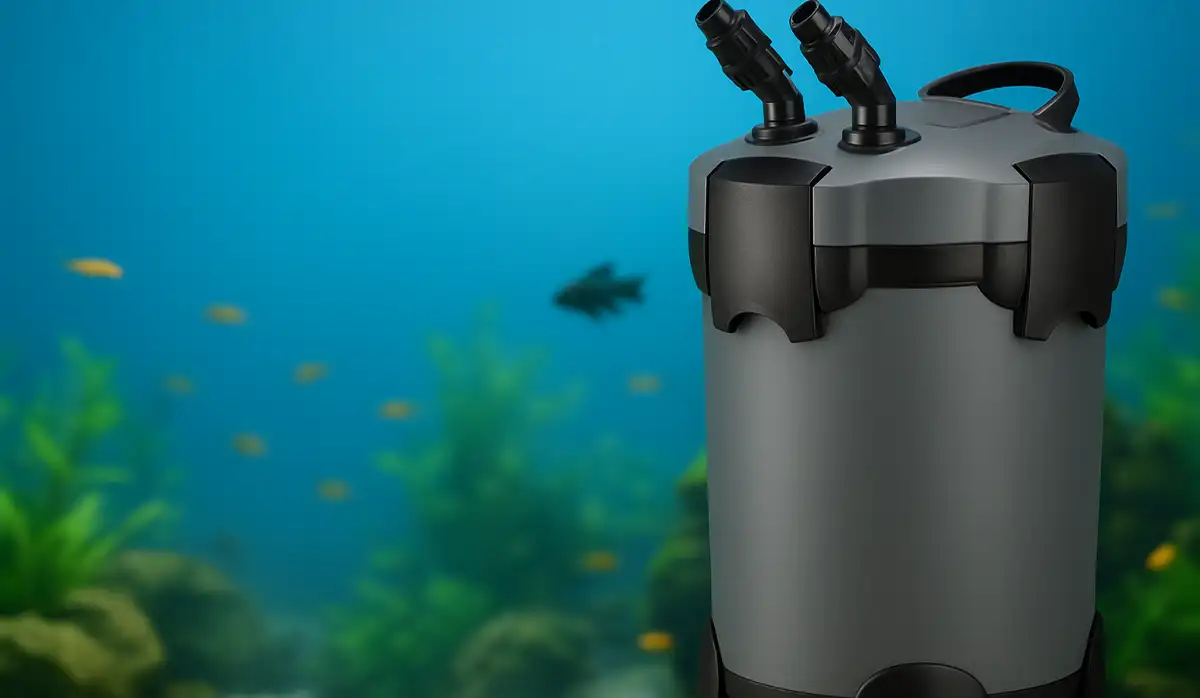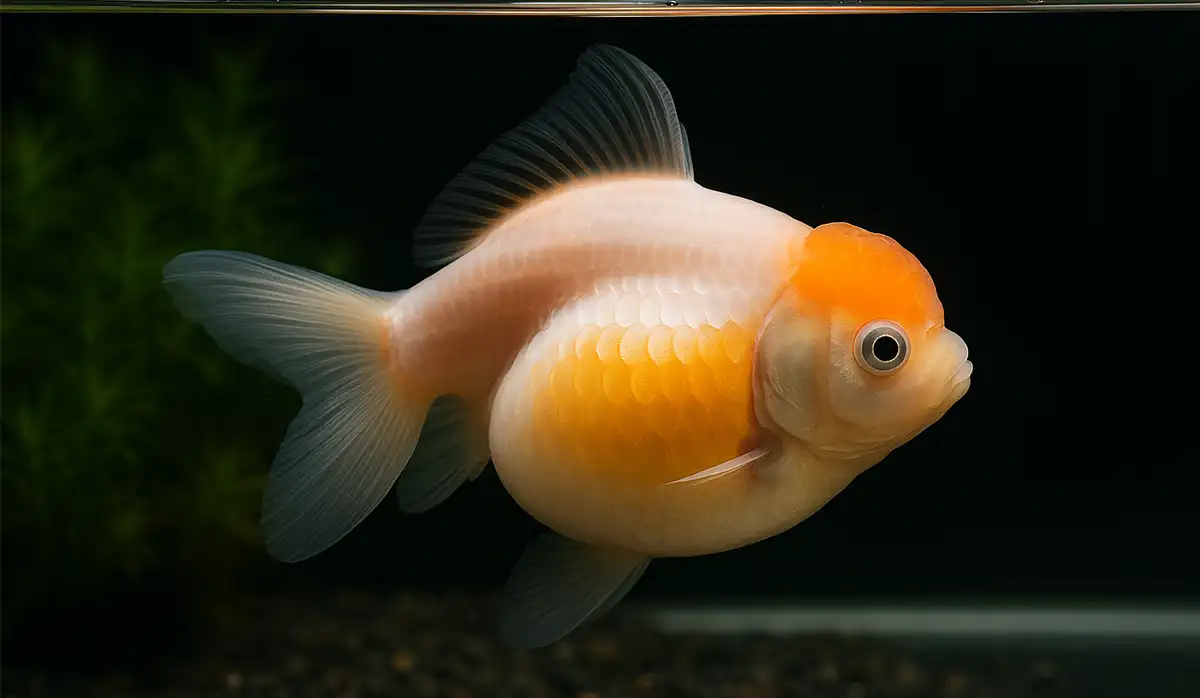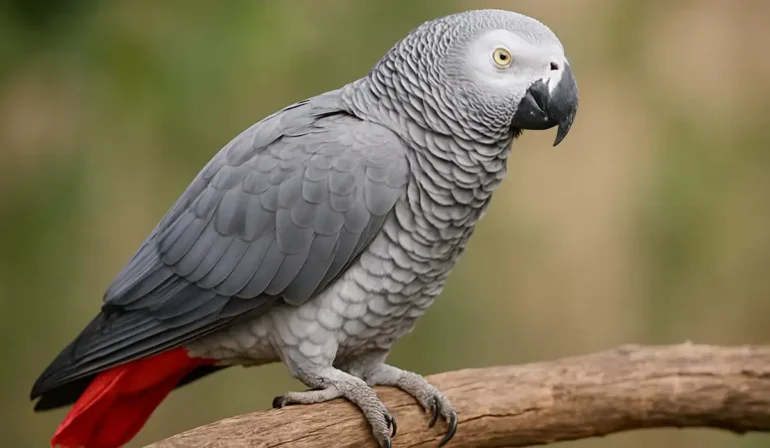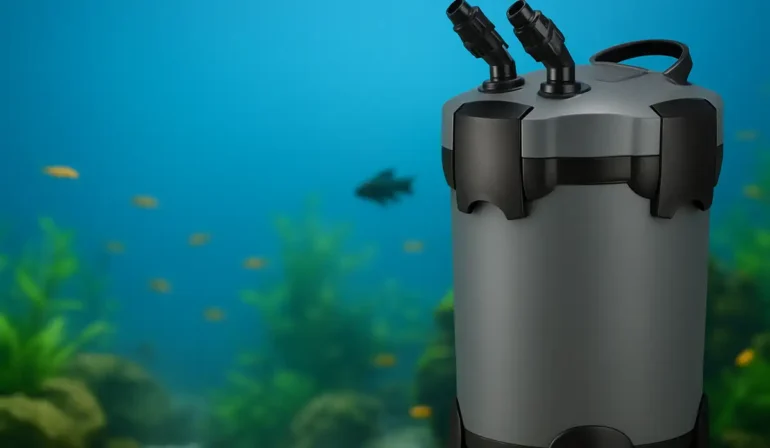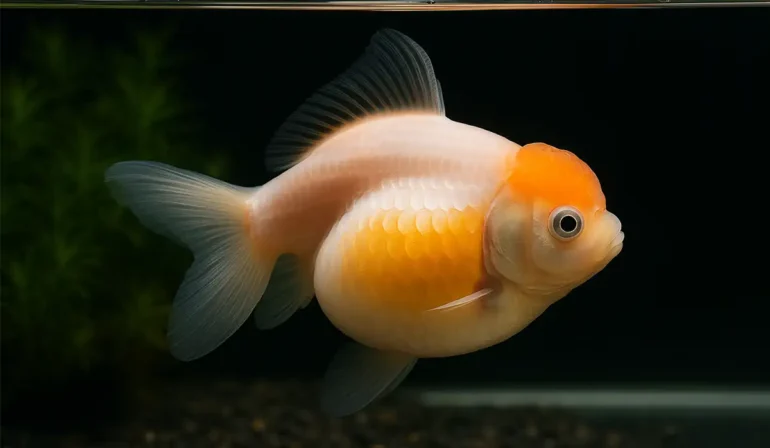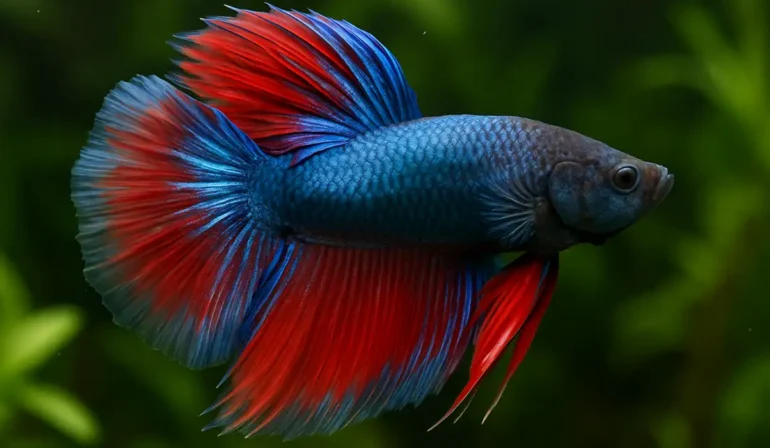Silver Arowana: The Ultimate Guide to This Majestic Fish
By Pet Luvz on March 10, 2025

Introduction
The silver arowana (Osteoglossum bicirrhosum) is one of the most fascinating freshwater fish, known for its metallic silver scales and impressive jumping ability. Often regarded as a status symbol in the aquarium hobby, this species is highly sought after for its beauty and rarity.
Native to the Amazon River Basin, the Silver Arowana has adapted to survive in a variety of water conditions. It is known for its intelligence, keen eyesight, and ability to recognize its owner. This predatory fish is a skilled surface hunter and can leap out of the water to catch prey, making it one of the most unique species in the fishkeeping world.
Keeping a Silver Arowana requires significant space, a high-maintenance setup, and careful tank planning. This guide will provide essential information on its care, diet, breeding, tank setup, and challenges to help you make an informed decision about owning one.
Learn more about exotic fish species at PetLuvz. You can also check out Aquarium Co-Op for expert fishkeeping advice.
Table of Contents
Physical Characteristics
These fish can grow up to 3 feet (90 cm) in length. Their streamlined bodies, large pectoral fins, and upward-facing mouths allow them to be efficient surface hunters. They are known for their ability to jump out of water to catch prey, a skill developed in the wild.
Natural Habitat and Distribution
This species is native to South America, particularly the Amazon River Basin. They thrive in slow-moving rivers, floodplains, and freshwater lakes with abundant vegetation and a warm climate.
Behavior and Temperament
They are known for their aggressive and territorial nature. While they can coexist with certain tank mates, they often show dominance over smaller or weaker fish. They are also highly intelligent, recognizing their owners over time.
Tank Requirements
Tank Size and Setup
Due to their large size, these fish require a minimum tank size of 250 gallons. A well-secured lid is essential as they are powerful jumpers.
Water Parameters
- Temperature: 75-82°F (24-28°C)
- pH Level: 6.5-7.5
- Water Hardness: Soft to moderately hard
Filtration and Aeration
These fish produce a lot of waste, so a high-quality filtration system is necessary. Strong aeration helps maintain adequate oxygen levels.
Diet and Nutrition
Natural Diet in the Wild
In the wild, they feed on insects, small fish, crustaceans, and even birds.
Best Food for Captive Fish
For optimal health, provide a varied diet including:
- Live or frozen fish
- Shrimp and krill
- Worms and insects
- High-quality pellets and sticks
Breeding Process
Mating Behavior
These fish are mouthbrooders, meaning the male carries the fertilized eggs in his mouth for protection.
Egg Incubation and Fry Care
After about 50-60 days, the fry emerge. At this stage, they require small live foods to thrive.
Common Diseases and Health Issues
Preventive Measures
- Maintain clean water and perform regular water changes.
- Avoid overfeeding.
Treatment Options
Common issues like dropsy, fin rot, and parasites can be treated with medication and water quality management.
Suitable Tank Mates
Compatible companions include:
- Large catfish
- Oscar fish
- Pacu
- Peacock bass
Handling and Care Tips
These fish are sensitive to stress, so avoid unnecessary handling. Provide them with a spacious environment to reduce aggression. Ensure a proper tank setup, regular feeding, and a secure lid to prevent jumping accidents.
Legal and Ethical Considerations
In some countries, keeping them requires a permit due to their protected status. Always check local laws before purchasing. Avoid purchasing wild-caught specimens and opt for ethically bred fish to help conserve wild populations.
This Fish in Popular Culture
These fish are often associated with wealth and prosperity in Asian cultures and are commonly kept in high-end aquariums. They are frequently seen in films, documentaries, and artwork, symbolizing power and longevity.
Why This Species is Popular Among Fish Keepers
Their graceful movement, intelligence, and striking appearance make them a prized possession among aquarists. Many owners enjoy their interactive behavior, as they can recognize their caretakers and even learn feeding routines.
Challenges of Keeping This Fish
- Requires a large tank
- Aggressive nature makes tank mate selection tricky
- Expensive maintenance costs
- High water quality demands
- Requires secure enclosures to prevent jumping
Conclusion
The Silver Arowana is a remarkable and captivating species, admired for its sleek, metallic body and powerful swimming abilities. Owning one is a commitment that requires space, time, and resources, making it best suited for experienced fish keepers. While their beauty and intelligence make them an exciting addition to a large aquarium, their aggressive tendencies and high maintenance requirements present challenges.
If you’re up for the challenge, keeping a Silver Arowana can be a highly rewarding experience, as these fish often develop a bond with their owners over time. Proper tank setup, a well-balanced diet, and routine care will ensure their long-term health and happiness.
For more insights into pet care and fishkeeping, check out PetLuvz. You can also read more about Arowana care at Fishkeeping World.
FAQs
1. How big do they get?
They can grow up to 3 feet (90 cm) in length.
2. Can they live with other fish?
Yes, but only with large, non-aggressive fish that can hold their own.
3. What is their lifespan?
With proper care, they can live 10-15 years in captivity.
4. Do they need a heater?
Yes, they require warm water (75-82°F) to thrive.
5. Why do they jump out of the tank?
They are natural jumpers, so always keep a secure lid on their aquarium.
YOU MAY ALSO LIKE
Top Pick
-

African Grey Parrot: A Smart, Loving, and Talkative Companion
July 22, 2025
-

5 Best Canister Filters for Crystal Clear Water in Your Pet Fish Tank
July 8, 2025
-

Is Pumpkin Good for Cats? Everything You Need to Know
July 5, 2025
-

Swim Bladder Treatment: Solutions for Aquarium Fish Health
July 3, 2025
-

7 Fascinating Betta Fish Facts Every Owner Should Know
July 2, 2025
